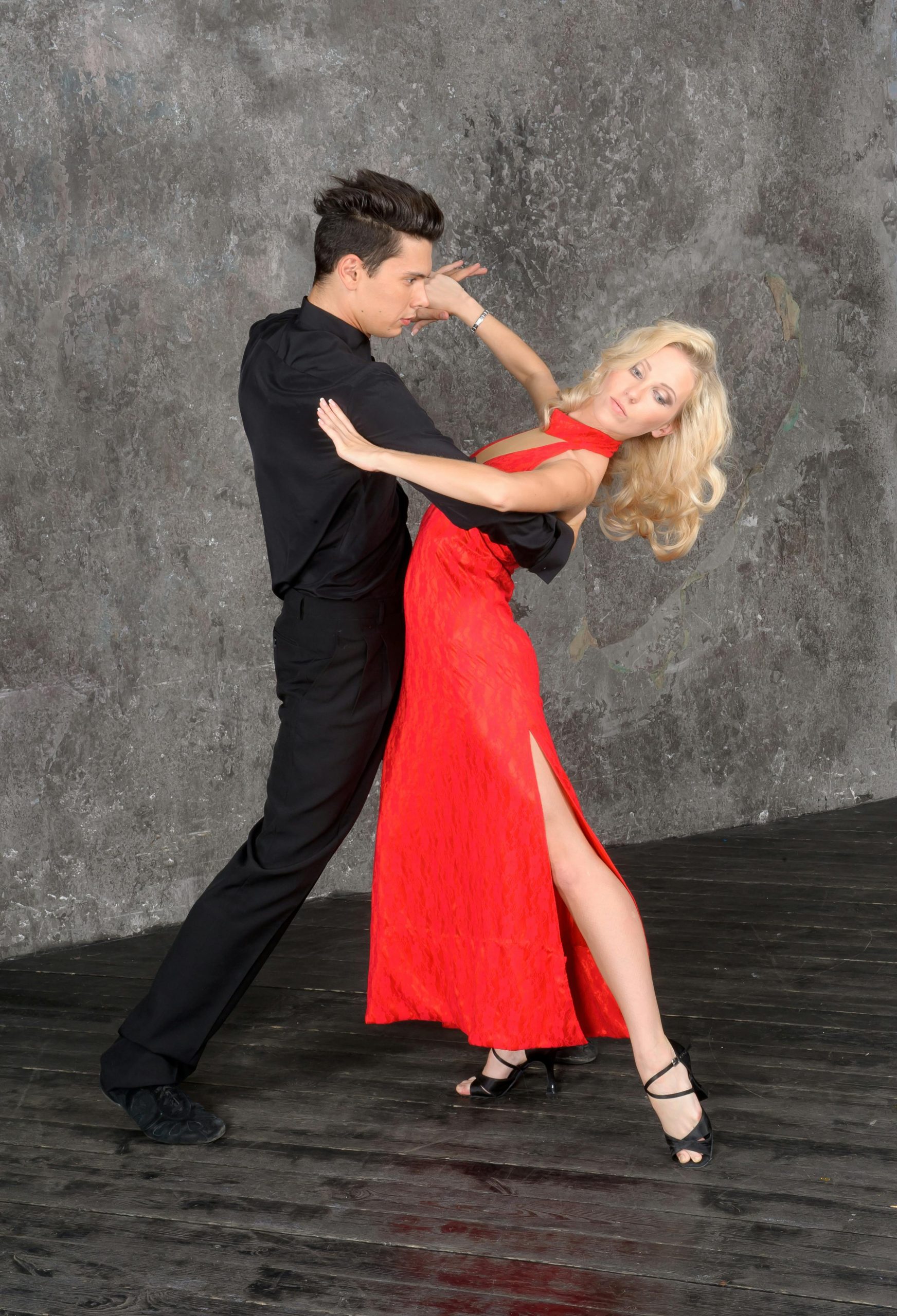Introduction:
In the bygone eras, palace garden parties were not merely social gatherings but a showcase of fashion, elegance, and societal status. Set against the backdrop of meticulously manicured lawns and vibrant flower beds, these events were a spectacle of the finest attire, where the elite convened to socialize under the soft glow of the afternoon sun. This article takes a stroll through the lush gardens of history, exploring the sartorial choices that defined these opulent outdoor soirees.

The Essence of Garden Party Attire:
Dressing for a palace garden party in old times was an art form, a delicate balance between sophistication and the whimsy befitting an outdoor event. The attire was a reflection of one’s social standing and fashion acumen, adhering to an unwritten code that favored elegance, modesty, and a touch of seasonal flair.
- For the Ladies: Women’s fashion at palace garden parties was a parade of flowing gowns, made from light and airy fabrics like chiffon, silk, and lace. The colors were often soft and pastel, mirroring the garden’s natural palette. Hats were an indispensable accessory, ranging from wide-brimmed styles adorned with ribbons and flowers to more intricate fascinators, each a work of art framing the delicate features of its wearer.
- For the Gentlemen: Men’s attire, though more restrained, was no less refined. Tailored suits in light wool or linen, depending on the season, were the norm. The color scheme tended to be more subdued, with creams, greys, and pale blues prevailing. Accessories such as cravats, pocket squares, and the quintessential top hat added personality and polish to their ensemble.
Fashion as a Statement:
Beyond mere clothing, the fashion at palace garden parties was laden with symbolism and unspoken messages. The choice of attire could signify one’s allegiance to a particular fashion house, political affiliation, or even marital status. It was a visual dialogue, with every choice from the fabric to the color and accessories carrying weight.
The Role of Etiquette:
The rigid social etiquette of the time heavily influenced dress codes. Women’s gowns, while stylish, adhered to modesty norms, with gloves often worn to maintain decorum. Men’s attire, similarly, was a study in understated elegance, with a clear distinction between morning and afternoon wear. The adherence to these etiquette rules was a testament to one’s upbringing and social savvy.
Cultural and Seasonal Influences:
Cultural and seasonal influences played a significant role in shaping garden party fashion. Seasonal changes dictated the choice of materials and colors, with spring and summer inviting lighter fabrics and brighter hues. Cultural influences, meanwhile, could be seen in the incorporation of specific motifs, styles, or accessories, hinting at the wearer’s heritage or travels.
Legacy and Inspiration:
The garden party attire of old times continues to inspire modern fashion, evoking nostalgia for a bygone era of elegance and grace. Contemporary designers often draw upon this rich sartorial history to create collections that blend historical accuracy with modern sensibilities, proving that the allure of garden party fashion transcends time.
Conclusion:
The palace garden parties of yesteryears were more than just social events; they were a celebration of fashion, status, and the beauty of nature, encapsulated in the grandeur of royal gardens. The attire worn by attendees remains a fascinating study in elegance, etiquette, and the subtle art of non-verbal communication through fashion. As we look back on these splendid gatherings, we are reminded of the enduring power of style to convey identity, tradition, and the timeless desire for beauty.
In the grand tapestry of fashion history, the dress code for palace garden parties stands out as a testament to the sophistication and social intricacies of old times, offering endless inspiration for those seeking to capture a hint of their magic in today’s world.

